For thousands of years, dried & fresh turmeric root has been used medically and culinarily across the globe. Recently, the golden spice has gained popularity for its curcuminoid content, a major antioxidant reported to have immune-boosting, anti-inflammatory, antimicrobial, and antioxidant properties.
You may have purchased fresh turmeric roots from the store with the intention of cooking with them or making a soothing anti-inflammatory beverage. If you don't have time to use them right away, this guide covers 3 easy ways to store fresh turmeric roots before they start to go bad.
TIP: Brushing fresh turmeric root clean, patting it completely dry, putting it in a paper bag, and storing it in the fridge is the best way to maintain fresh turmeric's quality and maximize its shelf life.

Jump to:
📦 Basics of Turmeric Storage
Turmeric is a plant that comes from the Curcuma longa L. plant of the ginger family (Zingiberaceae), native to South Asia. The spice is derived from the plant's rhizome, which is a root-like section that grows beneath the soil. It’s where the plant stores its source of energy & nutrients, which we then get to take advantage of.
The spice has long been used as a perfume, coloring agent, a culinary spice, traditional medicine, and more recently as a dietary supplement for a variety of health conditions. As a culinary ingredient, it’s consumed either fresh or in dried, powdered form.
The plant roots have a peppery aroma, and a slightly bitter yet sweet, and warm & earthy in flavor. Turmeric works well in soups, chilis, and stews. Add it during the last couple minutes of stir-frying for optimum flavor and health benefits.
Naturally occurring polyphenol compounds from turmeric, curcuminoids are the most biologically active compounds in turmeric, and make up 2–6% of the rhizome’s dry mass. Curcumin is a carotenoid compound that occurs naturally within the plant's roots; it’s actually what gives turmeric its bright yellow color.
It is the coloring and flavoring agent in most American-prepared mustards, Indian curries, and even Japanese and Korean beverages. It boasts numerous health advantages, including antioxidant and anti-inflammatory properties.
These aid in the treatment of oxidative and inflammatory diseases, metabolic syndrome (MetS), and even arthritis. Aside from curcumin, turmeric contains a nutritional profile that includes small amounts of fiber, folate, and minerals such as iron, potassium, iron, and calcium.

The quality of turmeric depends on the initial quality of the rhizome and on-farm processing, both of which affect the curcuminoid content of the fresh turmeric. The stability of the chemical compounds is crucial in order to reap the full spectrum of benefits that turmeric has to offer.
It also has a high water content, making it very perishable. So to improve the fresh turmeric roots’ shelf life, it’s necessary to dry them, removing moisture. This study states that the ideal drying temperature of turmeric was established to be 158°F (70°C).
Commercial turmeric root is dried under a polycarbonate cover, bringing shorter drying time and greater color & curcuminoid preservation. Bioavailability refers to how easily a nutrient can be absorbed and used by the body.
Curcumin actually has a low bioavailability, due to curcuminoids being readily decomposed when exposed to light, high temperature, or oxidative conditions. Due to specific enzymatic reactions that take place when the chemical is exposed to heat, curcumin becomes more bioavailable under certain conditions.
To better absorb it, apply the least processing and a short cooking time (about 5-10 minutes) to this prized ingredient. Boiling turmeric in prolonged periods or pressure cooking actually has the opposite effect on curcumin.
It's low solubility in water is one of the primary reasons for its low bioavailability. Combine fresh turmeric root with high-quality, healthy fats to increase your body’s absorption of curcuminoids.
The majority of curcumin consumed is metabolized by the body’s digestive enzymes before it can be absorbed. So another way to better absorb curcumin is to combine it with substances like piperine, a black pepper compound which greatly boosts its bioavailability.


🧾 Optimal Storage Conditions for Fresh Turmeric Root
With the increasing demand for turmeric, providing a stable supply to consumers means the constant improvement of postharvest technologies by manufacturers. Learning how to properly handle and store turmeric is vital if you aim to reap the benefits.
Fresh turmeric root is simple to keep. The recommended storage conditions for fresh turmeric root are a cool, clean, dry place to prevent moisture absorption.
Additionally, they should be placed in a bag or carton protected from light (out of the sun) to prevent chemical degradation; otherwise its vibrant color will deteriorate.
You can store fresh turmeric root in the refrigerator for up to two weeks— three weeks if harvested fresh— in a brown paper bag, or in the freezer for up to one year (in my experience). When fresh turmeric is starting to expire, it can be dehydrated to make dried turmeric powder or frozen as-is.
This study found that the quality and antioxidant properties of fresh turmeric rhizomes were not significantly impacted when stored for up to 20 weeks at 54-57 °F (12-14 °C).
The roots of fresh turmeric are simple to keep. You can very simply store fresh turmeric roots in four easy steps.
- Clean the fresh turmeric roots.
Cleaning the turmeric root is crucial, regardless of whether you grew it yourself or purchased it from the market. It’s not the prettiest plant around, but what we’re after is just to remove all the dirt and ugly parts. Here’s a simple guide to cleaning turmeric roots:
- If there are large pieces of mold, cut them off before washing. Fresh turmeric roots should be properly washed with warm water to eliminate any soil that has adhered to them, and to get rid of any chemicals and microorganisms.
- Remove any dirt that is adhered to the root by giving it a brisk scrape with your fingers or a brush. If you're using a brush, slant it to reach the twisted root's corners.
- Trim any damaged or moldy parts, including any long roots or leaf scales.
- The rhizomes can be peeled if turning them into powder right away, but it is not necessary when simply cleaning and storing fresh turmeric roots.
- Once it is properly cleaned and skinned, the ugly roots become a beautiful bright orange ingredient, though they will quickly oxidize if peeled & left out in the open air.

- Pat it dry.
The next step is to properly and fully dry your turmeric roots. This is important because mold development is one of the biggest issues with storing turmeric roots in the refrigerator. Make sure to use a fresh, clean paper towel to pat the turmeric root dry. Blot it all around to remove extra moisture.
- Wrap it in a paper towel and bag it.
After the turmeric root is completely dry, wrap it in a fresh, clean, dry paper towel and put it in a closed bag. This next step is equally important because the paper towel will soak up any extra moisture to help prevent mold growth while in the fridge.
Wrap the entire root in a paper towel. Wrapping the root with a paper towel should be done loosely.
Once done, pop it in a resealable bag, squeezing out all the extra air before sealing it. Alternatively, you can bag it in a brown paper bag. The paper bag will absorb additional dampness, preventing any further mold formation on the turmeric rhizomes.
- Refrigerate or freeze it.
This last step is detailed in the next section. Read on to learn more about refrigerating or freezing fresh turmeric roots. As an added bonus, we’ll also discuss how to properly dehydrate turmeric rhizomes.

🍽️ 3 Ways to Store Fresh Turmeric Root
For all the information you need to successfully store raw turmeric root, continue reading.
The Refrigeration Method
Unpeeled, you can keep fresh turmeric in the fridge. Turmeric root keeps in the crisper of the refrigerator for two weeks with extreme care in prep and proper storage. However its flavor and quality will diminish over time.
The maximum fridge storage period is two weeks, after which you should dispose of it, especially if it’s store-bought. The following steps will get you going:
- Rinse your freshly harvested turmeric roots in warm water. Use a brush to thoroughly clean each one.
- Dry the turmeric root with a brand-new, spotless paper towel. Remember that it's essential to stop the roots from growing mold while they're in the refrigerator, and we do this by thoroughly drying them.
- Place it in a brown paper bag or reusable bag after wrapping in a clean paper towel.
- Place it in an area in the refrigerator where you can see it readily, so you can remember to use it within two weeks.
When it is kept in the refrigerator, periodically inspect your tumeric to look for any areas where mold may be growing. If you find any, you can simply remove them with a knife. Replace the paper towel surrounding the remaining turmeric with a fresh one, because the previous piece can have spores on it.
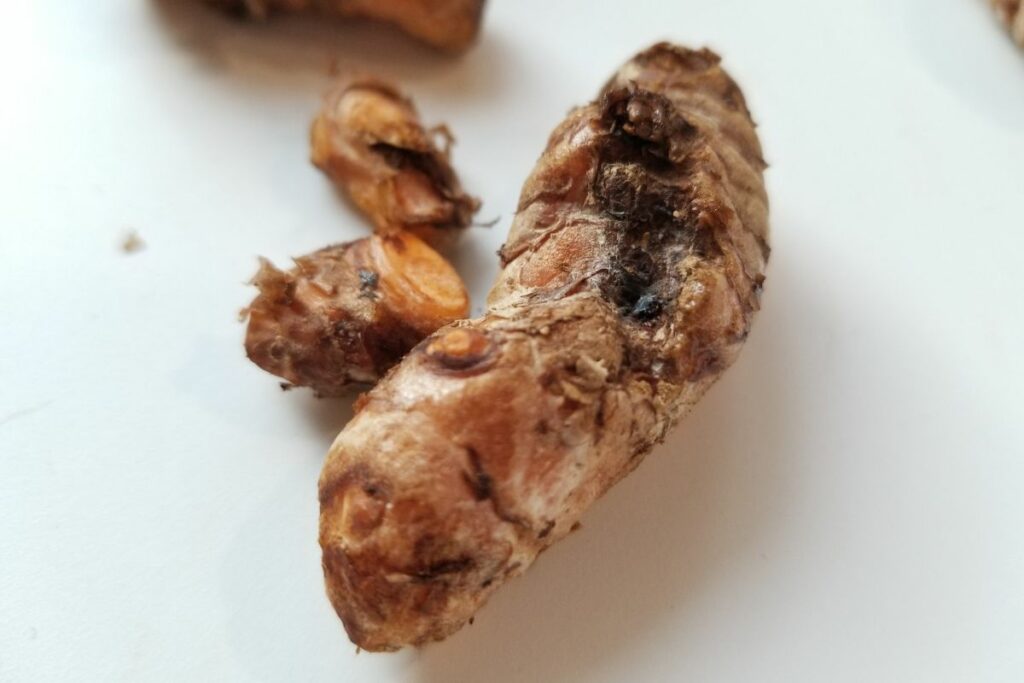
Freezing Fresh Turmeric Root
Ideally, turmeric shouldn't be frozen, because once defrosted, it will lose much of its shape. However, turmeric root freezes well, so you can opt for this turmeric root storing technique if you’re not planning on using them for several months.
You can store fresh, clean, and properly dried turmeric roots in the freezer for up to one year. Frozen turmeric roots will lose some of their firmness when thawed, but it will still be acceptable to add to cooked dishes.
Make sure to freeze it in portions that you can use so you only need to defrost what you need. When you’re ready to use your frozen turmeric root, take out the portion that you need from the freezer; I like to make it into turmeric paste and freeze it in single tablespoons.
If the roots are taken out of the freezer, regardless of how long they were in there, they will start to defrost immediately. You can thaw a portion for as little as 5 minutes before use, or microwave it for 10 seconds on high to use immediately.
Don’t return your thawed turmeric portion to the freezer, as the quality has already been compromised. Frozen turmeric will lose some of its firm texture, but if used in recipes that call for it to be minced or mashed then that won't be a problem.
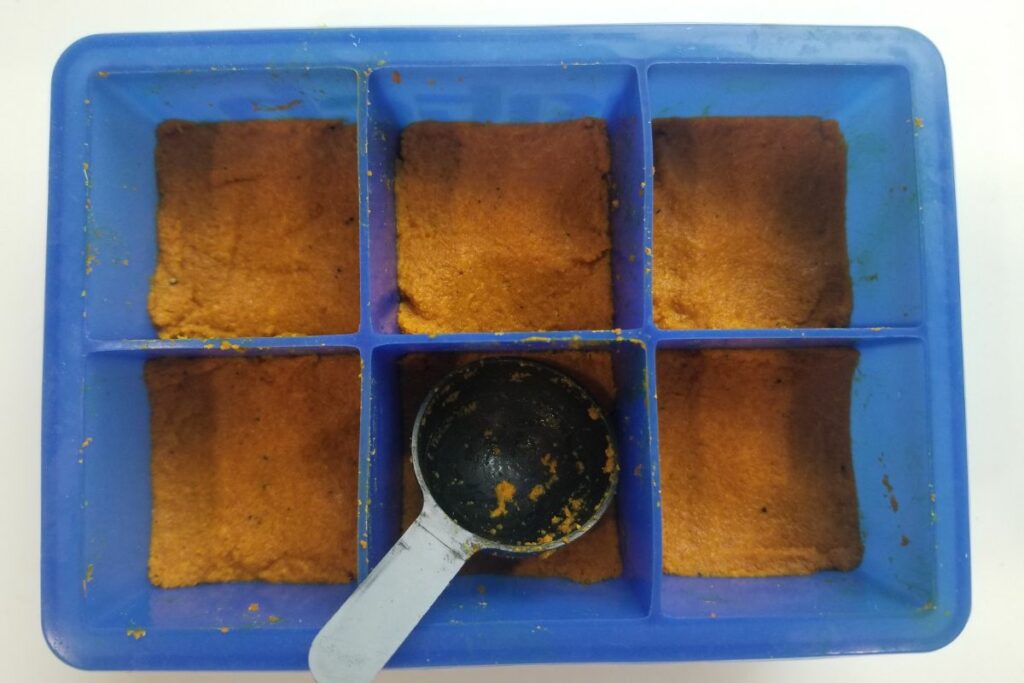
Here are the steps to follow to properly freeze fresh turmeric roots:
- Start by following the instructions above for cleaning, drying, and storing the roots. Make sure to clean your turmeric well because you wouldn't want to freeze an ingredient with any residue or bacteria on the skin, as that just slows its growth but doesn’t really disappear unless removed. If you’ve already done so and are transferring it to the freezer because your two weeks are almost up, move on to the next steps.
- Cut the turmeric into cubes before freezing. The turmeric root should be cut into 1-inch pieces. These will be substantial enough for a single serving, yet manageable enough that you won't waste any extra defrosted turmeric root.
- You’ll want to wrap raw turmeric in a paper towel to ensure you’re soaking up excess moisture in the root or the air. Replace the paper towel every couple weeks.
- Put it in a freezer bag and squeeze out any air before sealing.
- Use it within one year (I recommend marking the date using a permanent marker).

Dehydrating Turmeric Roots
When you’re ready to turn your turmeric roots into powder, you need to dehydrate them first. Dehydrating turmeric rhizomes is not that simple, but it's not too difficult either.
You can do it manually, with ordinary kitchen equipment that you already have, and without needing to buy any pricey electrical devices (such as a dehydrator).
To boil or not to boil? It's not necessary to boil the rhizomes when preparing turmeric powder at home. In India, turmeric rhizomes are typically cured before being dried in large-scale commercial processing operations.
Turmeric root must be boiled in water for an hour, or placed in an alkaline solution with 0.05%–0.1% baking soda (sodium bicarbonate).
Boiling releases turmeric’s natural aroma, softens the rhizomes, and gelatinizes their natural starches to speed up & ensure more consistent drying. Meanwhile, a soak in slightly alkaline water will improve the final color of the dried turmeric.
Ready to get going? Here’s how to dehydrate fresh turmeric root in oven or dehydrator:
- Peel and slice the clean turmeric root.
Before starting this step, put on your kitchen gloves to prevent hand stains, and use an old chopping board, because you may not be able to remove the yellow stains.
Just like ginger and galangal, fresh turmeric root can be tough to peel because of its natural knobs. I recommend you cut off the knobs rather than peel around them. Then, use a peeler to remove the rough outer skin.
Next, slice the rhizomes into thin pieces, vertically, as thinly as you can. Try to keep the thickness to no more than 3mm (⅛").
You can also use a mandolin to make the slices thin, but keep in mind the staining powers of turmeric. Thinner slices are harder to achieve, but they dry more efficiently & evenly.
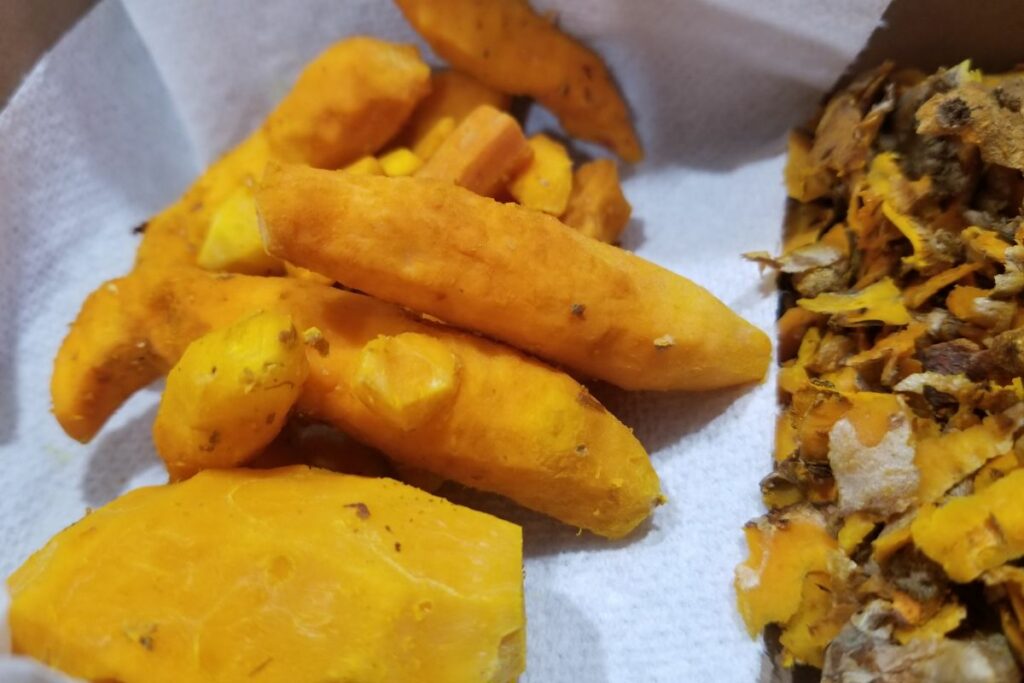
- Arrange the turmeric slices on a baking tray.
Once sliced, it’s time to lay them out for drying. Depending on how you choose to dry them, spread out your turmeric slices uniformly on a sheet of greaseproof paper on a tray, the air fryer tray, or a microwaveable plate. Ensure proper spacing between slices and avoid overlapping for more even drying.
- Dry your turmeric slices.
Natural drying is done in an area with good ventilation and shade, away from the sun. Avoid direct sunlight at all costs because it will rob your turmeric of its distinctive yellow hue and some of the health benefits.
In India the rhizomes are covered with a cloth and piled together at night to shield them from moisture. By doing something similar at home, you can better regulate airflow and improve the quality of your turmeric.
Continue drying the slices for 10 to 15 days. Your turmeric will dry out differently depending on the climate and temperature where you live. Check the slices for dryness (about 5-10% moisture content remaining is ideal) on the 10th day.
They ought to feel hard and dry to the touch. In the dead of winter, give them an extra 5–6 days to dry.
If not taking the natural route, you can use kitchen equipment to expedite the drying process. The thickness and initial water content of your turmeric will determine how long it takes to dry. At about 80% of the cooking time, start evaluating the drying outcome of your turmeric slices.
Here are several ways to dry turmeric depending on your equipment at home:
- Preheat then bake in the oven at 200°F (95°C) for 2 hours.
- Air fry the turmeric slices at 390°F (200°C) for an hour, turning them 2-3 times within that period. If they’re still moist and easy to bend, heat the slices for an additional 10 to 15 minutes to let them dry all the way.
- Dehydrator - prepare the dehydrator tray and heat it to 104-107°F (40-42°C). Dehydrate the turmeric for 5-7 hours.
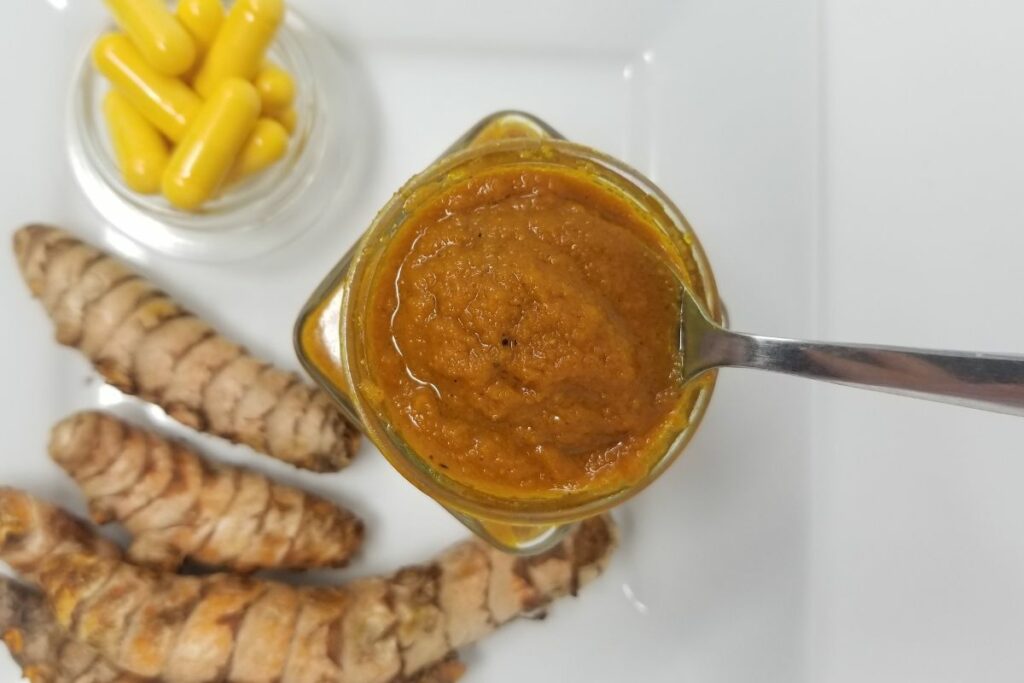
- Grinding your dried turmeric into powder.
The turmeric slices are ready and prepared to be processed into powder once they’re brittle and can be broken in half. Add the slices to a grinder or food processor to rapidly and simply process them into turmeric powder. Please note that this may stain your equipment.
When using an inexpensive coffee grinder or a food processor, the turmeric may not be broken up evenly, leaving larger fragments. So always sift the powder through a fine sieve and reprocess the larger pieces only before storing them, to prevent overheating the fine turmeric powder.
Manual grinding with a mortar and pestle is a more time-consuming, traditional, low-tech way to grind spices, but it still works in a pinch.
- Storing your ground turmeric powder.
Once we’ve processed our raw, fresh turmeric root - by cleaning, peeling, boiling, drying, and grinding - we get a fine orange-tinted ingredient. Turmeric loses part of its potency, oils, and pungency during this process, but what is left is even more bioavailable than the dried, store-bought stuff.
Since light and humidity can cause turmeric powder to deteriorate, it should be kept in a glass jar with a tight-fitting cover. Keep it in a cool, dark cupboard or kitchen pantry. The shelf life of properly-maintained turmeric powder, including the stuff made at home, can range from one to two years.
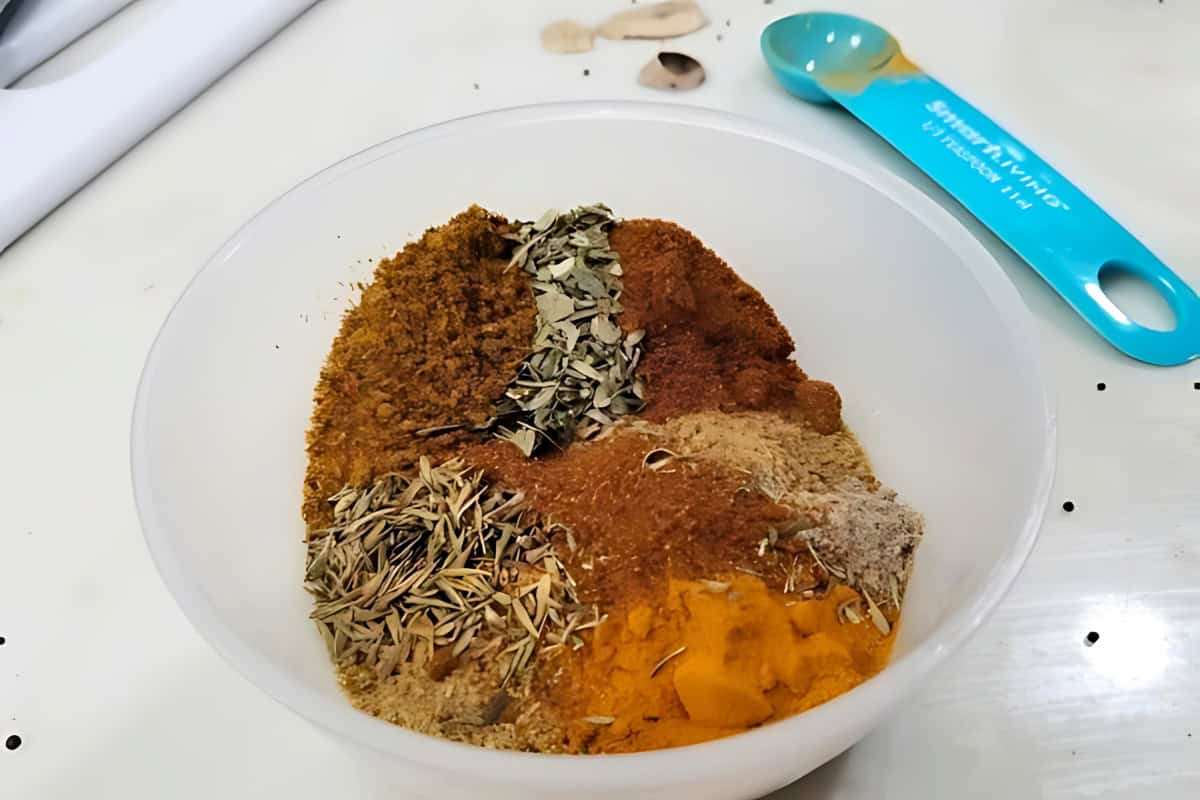
👩🏻🍳 How to Use Fresh Turmeric Root
It's time to start using fresh turmeric in your cooking now that you’re fully informed about how to buy and store it. As far as cooking with turmeric goes, there are two or three options. You can use it fresh, whole-dried, from frozen, or ground.
Fresh turmeric has the nicest, mildest flavor and is ideal for maintaining good health. To use it fresh, wash it thoroughly first. I like to use a toothbrush to remove all the impurities and scrub off any dirt from the skin. Although it is optional, you can peel the turmeric, which I prefer due to the potential for ‘invisible’ mold spores.
Cut the fresh turmeric into slices or bits (use gloves; turmeric will definitely stain your fingers). If you only want to use part of the root, grate or mince it using a microplane, just like you would with ginger or galangal. About 1 tablespoon of grated turmeric will be produced from a piece 1 inch in length.
Use it fresh when sauteing or making smoothies, and ground when roasting veggies or making rice pilaf or chicken thighs, as it gives it great color & increases bioavailability. It's crucial to understand that overcooking changes the color of turmeric.
Turmeric powder also has its uses and might be more practical and much less messy. It’s ideal for adding to casseroles, stews, and of course, curries when ground.

📈 Maximize the Shelf Life of Fresh Turmeric Root
If you’re growing your own turmeric, make sure it’s at least 7 to 10 months old before harvesting. If the plant is harvested too early, it will still be too wet to dry properly. The turmeric must be processed within two to three days of harvest, so prep and store it right away.
When buying fresh turmeric look for roots that are firm and avoid soft, dried, and shriveled turmeric. The roots will be less durable the longer you wait to clean, slice, and dry it. If I haven’t mentioned it enough, it’s crucial to clean and dry your turmeric properly before storing it in the fridge.
Since we don’t have full control over the living organisms in the fridge, it’s also prudent to check in on your rhizomes throughout the two-week refrigeration period. If you do spot any mold, cut it out and wrap the roots in a new piece of paper towel or a fresh brown bag.
While they can easily be found in grocery stores or Asian groceries, growing your own turmeric root will ensure that you have a good quality ingredient at your disposal.













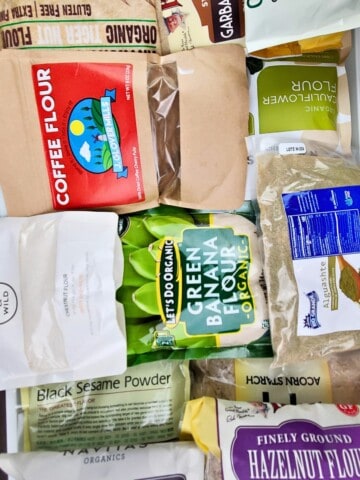
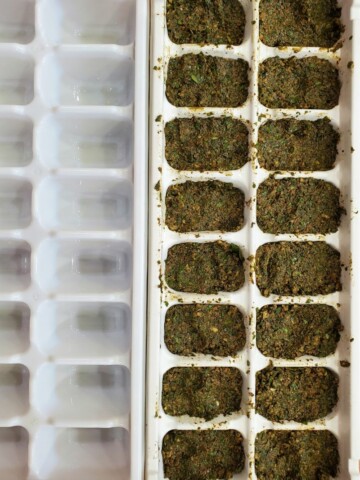


Comments
No Comments